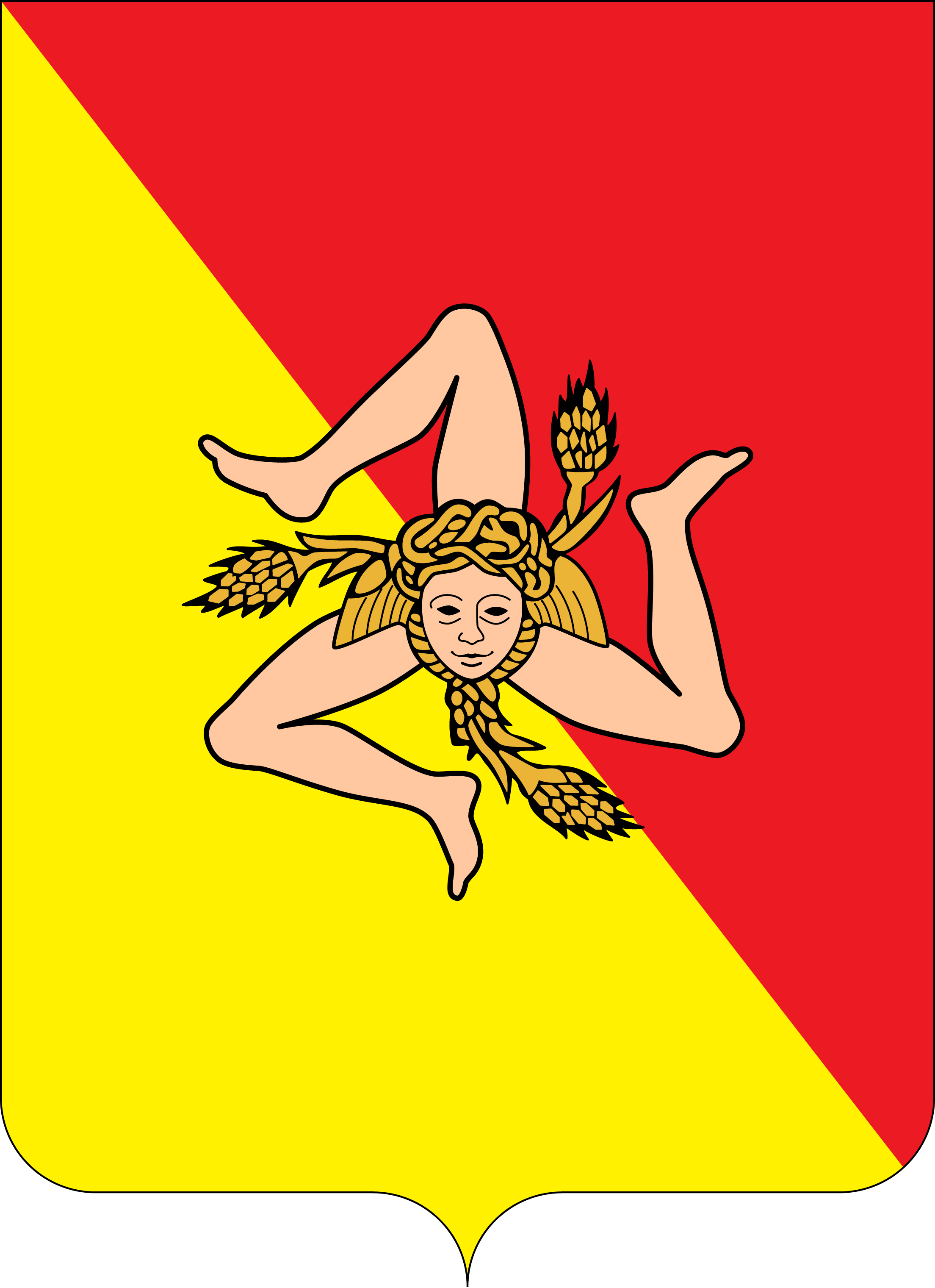Sicily (/ siˈʧilja /, Sicìlia in Sicilian, Siçillja in arbëreshë, Σικελία in Greek), officially Sicilian Region, is an autonomous region with special statute of 5.048.509 inhabitants of Italy, with capital Palermo. The territory of the region, which is part of insular Italy, consists almost entirely of the island of the same name, the largest Italian and Mediterranean island; the remaining part is formed by the Aeolian, Egadi and Pelagie archipelagos, from Ustica and Pantelleria.
It is the largest region of Italy (25,711 km²) and its territory is divided into nine provinces, whose capitals are: Agrigento, Caltanissetta, Catania, Enna, Messina, Palermo, Ragusa, Syracuse, Trapani. It is the only Italian region to have two cities among the ten most populous in the country: Palermo and Catania. It is bathed to the north by the Tyrrhenian Sea, to the south-west by the Sicilian Channel, to the east by the Ionian Sea and to the north-east by the Strait of Messina that separates it from Calabria. The oldest human trace found on the island is dated to 13,000 BC about. Around 750 BCE, Sicily became a Greek colony and in the following 600 years it was the main battlefield of the Greek-Punic and Roman-Punic wars, which ended with the destruction of Carthage by Rome. After the fall of the Roman Empire in the fifth century, Sicily was a land of conquest, and during the High Middle Ages it was subject to the Vandals, Ostrogoths, Byzantines, Arabs and Normans, under whom the Kingdom of Sicily was born, lasted from 1130 to 1816, subordinate to the crown of the Aragon of Spain, to the Holy Roman Empire and, finally, to the Bourbons (later to become the Kingdom of the Two Sicilies). It was united with the rest of Italy in 1860, but a subsequent economic collapse caused a wave of emigration, separatism and the emergence of the mafia, whose criminal activities still represent a problem. After the birth of the Italian Republic in 1946, Sicily was granted the special status of an autonomous region which had its own parliament.



